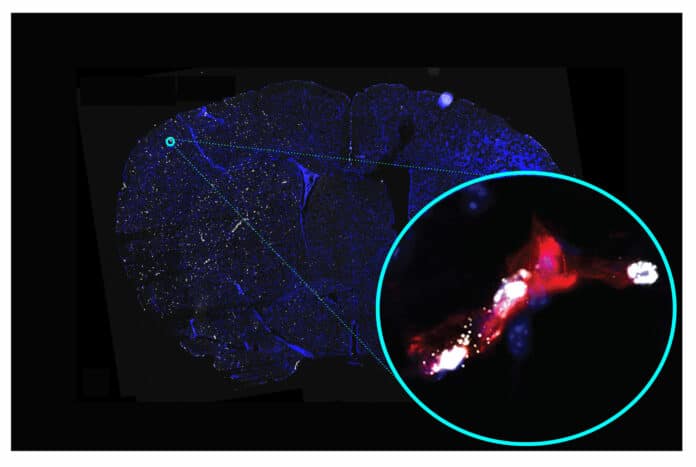The dysfunction of the cerebral microvascular system brought on by a stroke exacerbates neuronal damage and reduces the effectiveness of the available reperfusion treatments. Understanding the chemical changes in cerebral microvessels after a stroke will open up new prospects for research into cutting-edge therapeutic approaches.
Scientists performed a comprehensive survey, in a preclinical model, of gene activity changes in small blood vessels in the brain following stroke. They compiled hundreds of genes with notable alterations brought on by strokes and likely relevance to human strokes by comparing these modifications to those that have been observed in stroke patients.
The work provides a knowledge base that advances our comprehension of strokes and identifies particular chemicals and pathways that are now being researched as prospective stroke treatment targets. Additionally, it discovered genetic traits linked to a vascular malfunction in the human brain following a stroke, a significant contributor to dementia.
For the study, scientists used a recently optimized method that minimizes cell activation and preserves endothelial cell interactions and RNA integrity. Using this method, they studied stroke-affected vessels to surmount these challenges. They meticulously documented the post-stroke alterations in gene activity in the mouse cerebral microvasculature and pinpointed the alterations previously observed in research on human stroke patients.
The scientists discovered 541 genes whose activity was changed after stroke in both mouse and human cerebral microvessels. They discovered many significant clusters by classifying these genes according to their functional activities and connections to diseases. These included clusters involving systemic inflammation, inflammation of the brain, vascular illness, and the kind of vascular dysfunction that might result in leaky cerebral microvessels. The “blood-brain barrier,” the cellular lining of cerebral microvessels that shields the brain by keeping most components of circulating blood out of it, is decreasing as a result of this leakiness.
Dr. Teresa Sanchez, assistant professor of pathology and laboratory medicine and principal investigator of the Laboratory of Molecular and Translational Vascular Research at Weill Cornell Medicine, said, “We found that, following stroke, some molecules that would weaken the blood-brain barrier were upregulated, while others that should protect the blood-brain barrier were downregulated. This is consistent with clinical observations of blood-brain-barrier disruptions following stroke.”
The research also discovered that the genes that regulate the levels of sphingolipids are not functioning normally. These fat-related molecules play a significant role in controlling blood arteries, and stroke, atherosclerosis, and vascular dementia have all been associated with abnormalities in their normal function. The scientists found that compared to brain tissue, specific sphingolipids are significantly more abundant in cerebral blood vessels.
They also discovered changes in the crucial molecules that regulate the amounts of these sphingolipids in the cerebral microvasculature, which were brought on by strokes. These discoveries will enable pharmacological targeting of these pathways to create new stroke treatments.
The research also discovered that the genes that regulate the levels of sphingolipids are not functioning normally. These fat-related molecules play a significant role in controlling blood arteries, and stroke, atherosclerosis, and vascular dementia have all been associated with abnormalities in their normal function. The scientists found that compared to brain tissue, certain sphingolipids are significantly more abundant in cerebral blood vessels. They also discovered changes in the crucial molecules that regulate the amounts of these sphingolipids in the cerebral microvasculature, which were brought on by strokes. These discoveries will enable pharmacological targeting of these pathways to create new stroke treatments.
The study included assessments confirming the “druggability,” or suitability for targeting with small-molecule drugs, of many of the molecules with altered production post-stroke. Indeed, some of the identified molecules are already being targeted by candidate drugs to treat other pathological conditions, which could facilitate the repurposing of these drugs for the treatment of stroke and dementia.
Journal Reference:
- Keri Callegari, Sabyasachi Dash et al. Molecular profiling of the stroke-induced alterations in the cerebral microvasculature reveals promising therapeutic candidates. PNAS. DOI: 10.1073/pnas.2205786120
